The search for solutions to the problem of aging, sagging skin is familiar to many women and men. Indeed, with age, the processes of elastin and collagen synthesis slow down in the skin, which ensure the elasticity of soft tissues.
Thanks to the use of the photodynamic therapy (PDT) method, which is relevant for medicine, in cosmetology, rejuvenation, rapid cell renewal at the micro level has become a reality. And for a little over 20 years, the restoration of the body using a laser beam, described in the film by Luc Besson, was perceived as fantasy.
Features of the method of photodynamic therapy
The essence of photodynamic therapy in cosmetology consists in the selective elimination of problem areas on the skin of the face, neck, hands using a chemical reaction that is activated by the energy of light. During PDT, a semiconductor laser and a special gel are used.
The latter includes a photosensitizer (alasens, photosens, radachlorin, photoditazin, etc.). Due to the dosed effect of the laser on these substances, the sensitivity of tissues to light exposure increases.
The resulting spectrum of radiation from red, green, blue, yellow, blue, white, violet light waves creates artificial pulses. Each of them performs different functions: improving metabolism and blood circulation, calming and restoring the balance of the skin, softening and moisturizing it, removing toxins, and counteracting stress.
Thanks to this combination, the cells are rebooted, which promotes rapid recovery. This method also has alternative names - laser PDT, photochemotherapy.
Unlike other methods, this corrective technology, due to the accumulation of gel, acts on defective areas without affecting healthy cells.
When absorbing laser radiation, the photosensitizer promotes the formation of the required amount of active radicals and oxygen in cells.
An important result is the local production of collagen (its synthesis increases by more than 400%). The use of narrow-band light energy allows you to "trigger" biological renewal of the dermis at the cellular level without the use of surgical instruments.
Indications for photodynamic therapy
The use of photodynamic therapy in cosmetology allows us to solve such problems as:
- prevention of aging processes, the appearance of sagging skin;
- general improvement of the skin condition and color, "smoothing" of fine wrinkles / scars / scars;
- restoration of the face contour, correction of its oval, reduction of the double chin;
- stimulating the formation of capillaries by improving skin nutrition (moisturizing, quick recovery, increasing its resistance to negative factors);
- increased muscle tone when combined with cosmetics.
- carrying out lifting, skin whitening.
What skin diseases can be treated with PDT
According to dermatologists, photodynamic therapy in cosmetology makes it possible to achieve a high therapeutic effect in combination with the solution of such aesthetic problems, as:
- age-related, structural changes in the skin (connective tissue, collagen);
- hypertrophic scars (post-traumatic, postoperative);
- acne / post-acne, papillomas, vitiligo, rosacea, warts, actinic keratosis;
- hyperpigmentation, freckles;
- dermatosis, psoriasis, herpes, furunculosis, eczema;
- rhytide;
- rosacea;
- stretch marks;
- elastosis;
- chloasma;
- other defects of the dermis and epidermis.
Contraindications for photodynamic therapy
Experts do not recommend photodynamic therapy for cosmetological purposes under the following circumstances:
- pregnancy at different stages, baby feeding;
- individual sensitivity to photo effects, sensitizer components;
- cardiovascular diseases and, in particular, hypertension, problems with cerebral circulation;
- mental disorder;
- dermatological diseases of autoimmune properties;
- infectious diseases (at different periods);
- hypothermia;
- genetic or acquired forms of porphyrias, liver and kidney pathology;
- epilepsy;
- the presence of pacemakers;
- taking certain medications prior to the procedure (antibiotics, tetracycline group, methotexat, and others);
A more specific opinion should be obtained from the attending physician, taking into account the individual characteristics of the organism.
Preparation for the procedure
The preparatory work depends on the type and degree of deviation. In each case, it is necessary to consult with specialists and undergo a clinical examination regarding the tolerance of the photosensitizer and the individual selection of the appropriate drug. It is also necessary to conduct blood biochemistry; checking the gastrointestinal tract, the presence of heliobacter infections, helminths in the blood.
Based on the clinical picture, a decision is made on the appointment of PDT procedures, both for therapeutic and cosmetic purposes.
How is photodynamic therapy performed
The algorithm for carrying out photodynamic therapy in cosmetologists is as follows:
- Skin cleaning using neutral special products and water at room temperature.
- Application of a photosensitive photosensitizer to a specific area and covering with a film to accumulate the gel in energy-deficient cells.
- Washing off with water room temperature and light blotting with a soft cloth.
- Irradiation of the treated area with a laser with a choice of scanning mode. The photosensitizer applied to the skin tends to accumulate in the damaged areas, since the process of metabolism occurs in them more intensively. When a photosensitizer is exposed to polarized laser light, a chemical reaction occurs to release active oxygen. Such a strong natural oxidant activates biological mechanisms for the destruction of defective cells and the formation of healthy cells. As a result, blood microcirculation increases; collagen production; intensive renewal, nutrition and smoothing of the skin; normalization of sebum secretion. This has a beneficial effect on getting rid of wrinkles, pigmentation lesions and various dermatological diseases.
How long is the session?
The duration of the session includes the process of applying a photosensitive substance to the skin and keeping it under a film for half an hour. Laser treatment lasts 20 to 40 minutes. Together with the skin cleansing, the session lasts no more than one and a half hours.
How many procedures will be required
The required number of sessions is determined individually for each client, depending on the initial condition of the skin.The classic version is a course consisting of 2-6 procedures for a couple of months (no more than 2 per week). In many cases, even one session is sufficient.
Interesting fact! A few years ago, the American Academy of Dermatologists released previously classified research findings on acne treatment using photodynamic therapy. They testify to the complete disappearance of acne and its slightest signs after 2-6 sessions.
A high effect was obtained on rashes treated with a special agent (photosensitizer), which was exposed to light waves of various lengths.
Does PDT hurt?
According to reviews of clients who have experienced the sensations of PDT, this short-term the method is less painful compared to many hardware cosmetic procedures... Therefore, it does not require prior anesthesia.
This is due to the absence of tissue destruction (destruction) under laser exposure. During irradiation, a light, warm tingling sensation is noted, which does not create discomfort. In some cases of individual intolerance to the drug, some symptoms of pain (burning, tingling, etc.) may occur.
When is the result visible after the procedures?
The desired effect can be seen 3-4 days after even the first procedure. The effectiveness of PDT application largely depends on the skin type. The onset of a visible effect after the first procedures is most noticeable with anemic or dry skin.
Owners of oily, inflamed skin with traces of acne, enlarged pores, various irregularities note an improvement in the general condition of the skin. At first, FDG has a slightly weak effect on skin with pronounced pigmentation, deep wrinkles, and rosacea. Here, you will need to conduct several repeated sessions under the supervision of dermatologists.
The tendency of skin health improvement tends to grow within 2-3 months with the PDT results retained for up to 2 years.
It should be borne in mind that attempts by women to get rid of facial hair growth (hirsutism) using photodynamic therapy are doomed to fiasco. Therefore, this method in this case is impractical to apply. Along with the classical options for the timing of visualization of results, there are some individual reactions to the first and subsequent sessions of PDT.
This is evidenced by the results of clinical studies, namely:
- 30% - the first 2 procedures worsen the condition of the dermis, the next 2 - restore the original appearance, and the subsequent ones - give positive dynamics and the duration of the results preservation;
- 5% - to achieve the effect, it is necessary to carry out more than 6 procedures;
- 5% - the onset of positive results after 4 procedures and no need for further sessions.
Recovery and care after PDT
Rehabilitation presupposes a mandatory two-day rest after the end of the procedure. For the first 24 hours, you should limit exposure to direct sunlight and apply sunscreen to your skin. Ignoring this requirement can provoke the occurrence of light dermatitis, burns.
Important to remember! In order to avoid various undesirable reactions, professionals recommend avoiding the action of sun radiation at any time of the year for a month and a half.
Advantages and disadvantages of the laser method
Along with the high therapeutic and cosmetic effectiveness, the popularity of this technology is also ensured by a number of advantages such as:
- non-invasiveness of a non-contact procedure, which allows you to achieve the desired result without anesthesia or surgery, with the exception of the likelihood of tissue infection;
- the ability to restore natural processes (blood circulation, cell regeneration, skin color, etc.);
- impact on a specific area of the dermis without harmful effects on internal organs (liver, stomach, etc.);
- versatile positive effect on the skin;
- activation of the immune system;
- the possibility of combining with different methods of treatment, cosmetic manipulations;
- accumulation of a noticeable positive effect of skin rejuvenation within 3 months;
- the duration of the preservation of PDT results up to 3 years;
- comfort of sensations during the procedure (no pain, injuries, etc.);
- ensuring the prevention of bacterial, viral skin problems, dangerous neoplasms on it;
- prevention of viral and bacterial skin diseases, as well as the appearance of neoplasms;
- the availability of compliance with the recovery period after the procedure;
- the possibility of using PDT without restrictions on age and sex; due to fewer contraindications compared to other treatments / skin rejuvenation.
The disadvantages of this method include the appearance of redness, swelling of the treated areas of the skin, itching, slight burning in the first 24 hours following the session. This indicates a reaction of the immune system and does not need additional treatment, since it disappears on its own within a couple of days.
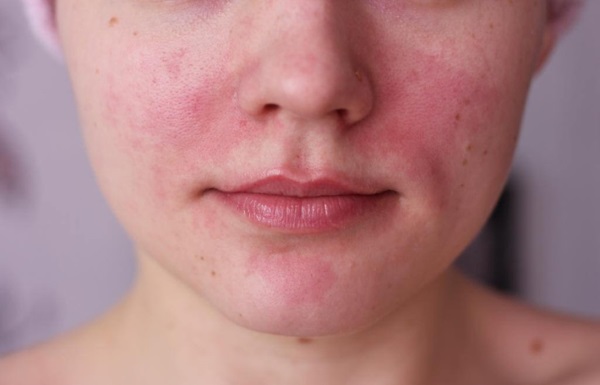
Some change in the usual rhythm of life can disrupt the need to avoid the sun's rays. This requirement is due to the increased sensitivity of the dermis to light.
Therefore, experts advise to carry out PDT in the evening, which allows you to avoid exposure to daytime bright lighting.... This allows you to increase the period of adaptation of the body after the procedure. Sometimes "jumps" in body temperature are possible. In all cases, you can resort to the services of specialists and get the necessary detailed advice from them.

 Don't miss the most popular column article: Plasmolifting of the face - what it is, how it is performed, results, photos before and after the procedure.
Don't miss the most popular column article: Plasmolifting of the face - what it is, how it is performed, results, photos before and after the procedure.Possible side effects of PDT
Here it is appropriate to recall the first commandment of pharmacologists that there are no drugs that do not have side effects. With regard to photodynamic therapy, we can confidently note: the above disadvantages are not systemic side effects... Subject to the recommendations of experts, such phenomena are temporary and do not cause any particular troubles to customers.
How often can you get photodynamic therapy?
A safe method of photodynamic therapy allows you to use it as needed without limiting the number of sessions.
PDT cost
PDT price is determined differently in each region. It cannot be fixed, but depends on the complexity of the problem. Citizenship is also an important criterion.
This procedure is somewhat cheaper for Russians than for representatives of other states from the near and far abroad. The real individual cost in each specific case is determined using a specific calculation.
The estimated cost of a photodynamic rejuvenating complex for Russian citizens in Moscow is from 15,000 rubles, in St. Petersburg - at least 10,000 rubles.
Where is the best place to do?
Photodynamic therapy in cosmetology is a new approach to the possibilities of improving your appearance. However, this cosmetic procedure is not performed at home. It should be entrusted to professionals, because it involves a careful selection of specialized clinics with an excellent reputation.
An important aspect is the professionalism, experience of specialists (dermatologists, cosmetologists). You can learn a lot from the reviews of the clients who performed this procedure. This requires prior monitoring of these moments, along with taking into account the available material capabilities.
Today it is possible to make the optimal choice of the place of the procedure. This allows you to use the achievements of medical practice, the latest technologies for the benefit of beauty without compromising health.
After all, a person's well-being depends on the harmony of the functioning of internal organs with the state of the external skin. Their unity and interconnection are an indispensable condition for a healthy lifestyle, positioning in society.
Video about PDT in cosmetology
Conversation with the author of the bio PDT technique:
Biophotonics PDT in cosmetology:

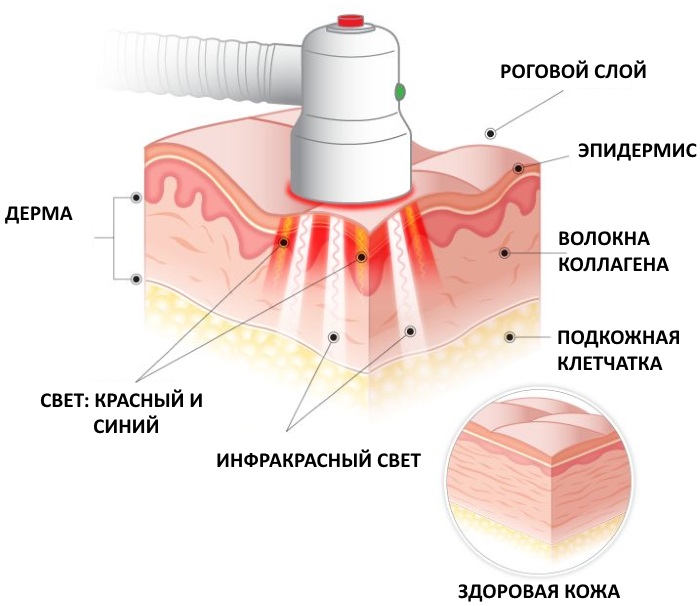
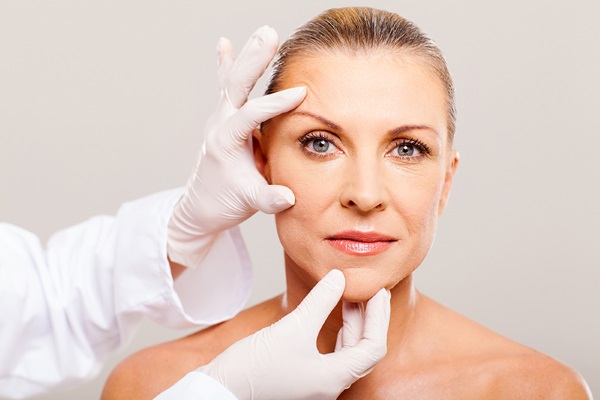
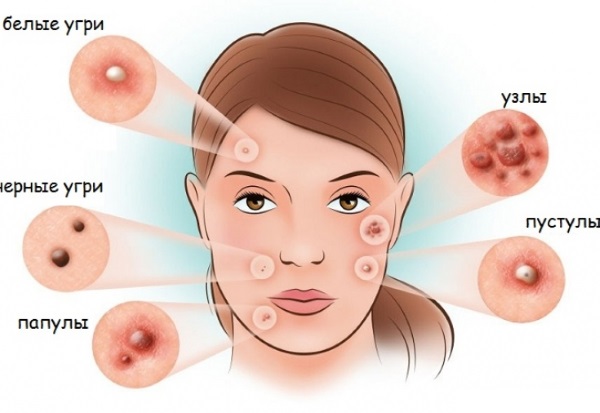
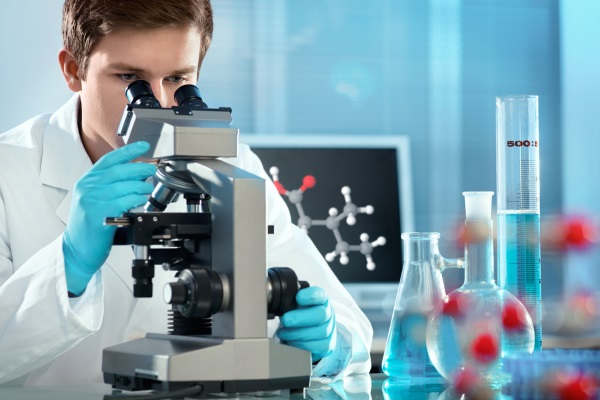
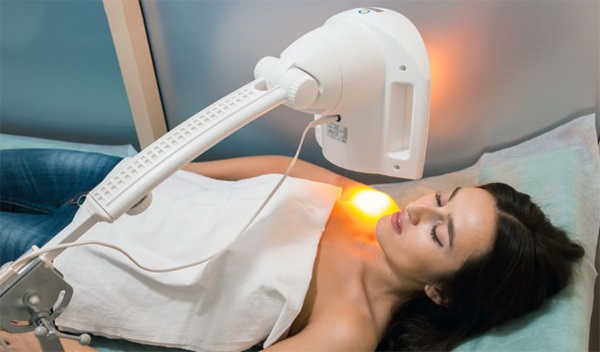
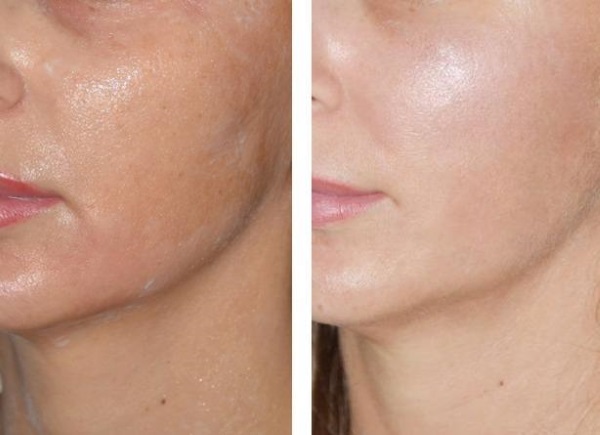

After 2 months I forgot what acne is. The procedure really works!